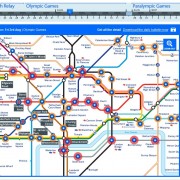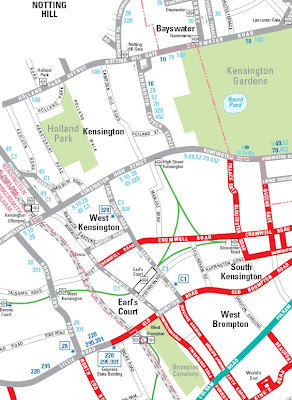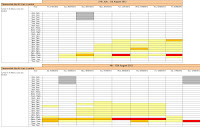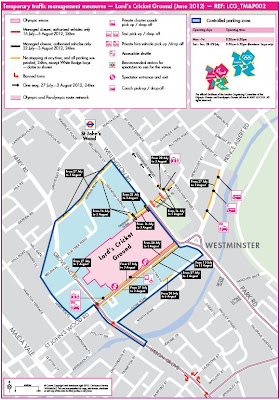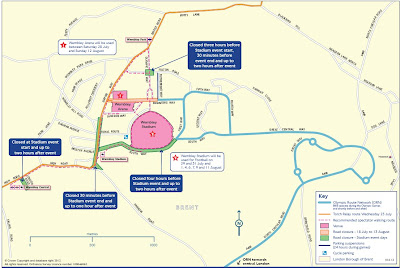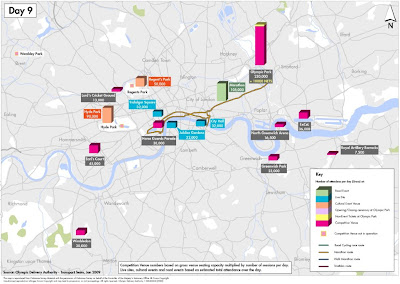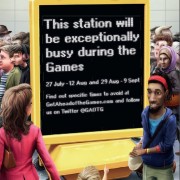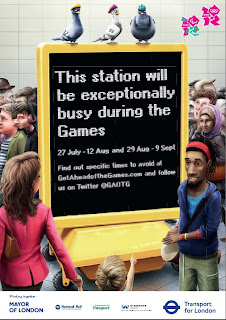Anyone interested in all things #whamp was pulled in three directions on Monday. At one end of town there was an anti-Tesco group meeting in Walnut. A little further down West End Lane, many #whampers were tucking in to some lovely food and wine at The Wet Fish Café, and raising money for #whampforgood cause The Winch. And then further down still, Tory PPC Chris Philp was hosting an open meeting for residents to talk to representatives from TfL, TubeLines, and Network Rail about the various #whamptravel problems facing the area.
Of course I couldn’t be in three places at once and as I was understudy for The Winch’s Paul Perkins at The Wet Fish (plus I can’t say no to some decent wine), I was there. But never fear… where there’s a #whamper there’s a way and Nick (@fac203) was at the travel meeting and took excellent notes, which are distilled here, with a focus on the tube rather than the rail issues (none of which were new).
The panel included Kevin Bootle – Jubilee Line Manager for London Underground, and Richard Hoare – Jubilee Line Project Manager for TubeLines. Brian Coleman, Conservative London Assembly member for Barnet and Camden, was also present
The Jubilee line is the fastest growing line, in terms of passenger numbers, on the network. The existing signalling system constrains the network and is the key element being replaced in the current programme. The new system will allow for 30 trains/hr each way.
TfL stated it has an obligation to provide the closures required for TubeLines to complete its work. The weekend closures are for testing the new signalling system and software, along with driver training. Tube Lines accepts that the works are being delivered late and blames problems with its signals sub-contractor. It is now aiming for a May completion date but says it has October as a worst case. The weekend closures are set to run until early April 2010.
The proximity of the Metropolitan and Jubilee line tracks is causing some of the Met Line closures on the same weekends. Therefore, if the Jubilee Line programme is delayed further, the Met Line will suffer too.
Questions from the floor:
On co-ordination. There is an Optimising Group within TfL that co-ordinates all line closures to minimise impact. This response was met with some derision from the audience. TubeLines has a budget for “lost customer hours” which it says has not been exceeded, even with the overruns. [Ed: this seems strange. Suggests that buffer in the PPP contract is far too generous].
On step-free access. This is going nowhere, due to the shortfall in TfL’s budget, which was put by Brian Coleman at £3 billion. He also stated that fare revenues were down by 10% in 2009. [Ed: see this article by BorisWatch about the shortfall, although since that was written last month, it has apparently mushroomed]
On compensation for passengers & businesses (from Cllr Keith Moffitt). This was to some extent deflected but generally the answer seemed to be that as the replacement buses had to be run and this cost money, no offer of compensation would be made.
On why works are not carried out in the evening like on the Victoria line (from Cllr John Bryant) : Both TfL and TubeLines said they had looked at this, but it was not economically viable on the Jubilee line. [Ed: at my meeting with TfL, they also said they’d looked at this, but the time/cost of moving equipment on/off track meant it wasn’t an option. Although if it’s mostly signal/software testing at this stage, does that still hold true?]
On Northern Line closures based on recent press coverage: TubeLines has requested 82 weekend closures, plus early closing in the evenings. There was no comment on the reported 15-20 weekends that TfL has actually granted.
On why more leaflets not provided: TfL said it didn’t think they were useful to customers as they were generally discarded. [Nick: maybe the information isn’t provided in a useful way or answers the questions they have]
On Easter closures: The Jubilee Line will be closed for the whole Easter weekend (Easter Sunday is April 4th)
TubeLines pointed out that they were “not the right people to ask” for a lot of the questions being raised. They also stated that TfL had not given them the closures requested to comply with their programme [Nick: sounds like the internal problems are rumbling on]. TubeLines said it now has all the closures it needs to complete the work. [Ed: then why still the mystery over whether it will be May or October!?]
Nick’s summary: Although some interesting information came out of this, TubeLines were not the right people for a number of the more general questions and certainly regarding questions about the Overground, Met and Bakerloo lines, which do not fall within its remit. Overall, plenty of good questions and very few good answers.
Separately, there may be major roadworks on Finchley Road coming up soon, which will have an additional impact on travel in the area, especially if they are not properly co-ordinated with the tube/rail work.
Big thanks to Nick for reporting on the meeting. If anyone else was there and has anything to add, please get in touch. You can read Chris Philp’s blog about the evening too, which contains some other details about what was discussed.




